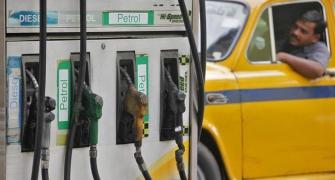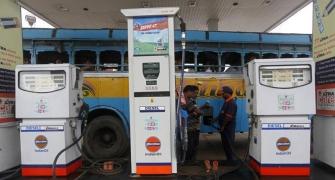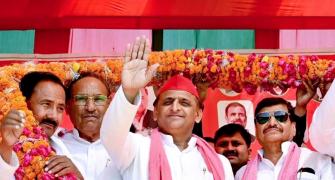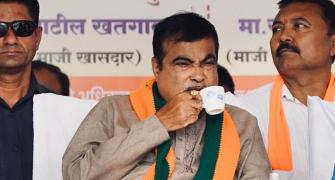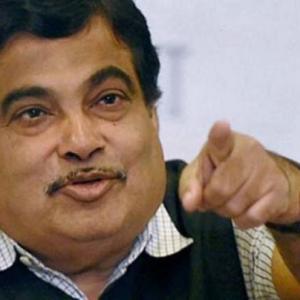The government is of the opinion that once the new outlets are in place, it may increase the availability and consumption of fuel in rural areas. But will it?
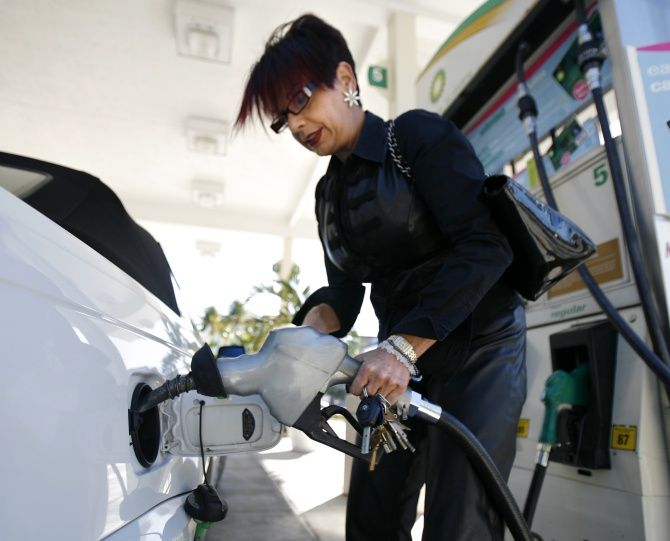
The ministry of road transport and highways and oil marketing companies (OMCs) are chalking out details of Union Minister Nitin Gadkari's ambitious plan to set up 1,000 petrol pumps on the Delhi-Mumbai expressway.
This was one of the many announcements made by Gadkari on resuming charge of the road ministry.
The proposal of setting up these fuel retail outlets on a commission-sharing basis is at a nascent stage but is enough to garner interest from various stakeholders as it offers business opportunity. The expressway is under construction.
Some industry insiders, however, feel that the proposal is not well thought out as the feasibility of petrol pumps depends on the traffic on the expressway.
They argue that having 1,000 petrol pumps along a distance of about 1,400 km essentially means an outlet every 1.4 km, which could put a doubt over their viability.
"Having new outlets near highways is an essential part of infrastructure development. On an average, one outlet will cost you around Rs 1-1.5 crore. However, a massive overall expansion of 78,493 outlets (by the OMCs) will affect the profitability of the existing operators," said Ajay Bansal, president, All India Petroleum Dealers Association (AIPDA).
Since the expressway will cross states like Haryana, Rajasthan, Madhya Pradesh and Gujarat, sales would be impacted by different prices and taxes.
"States like Haryana may gain from this initiative as the cost of petrol and diesel is lower compared to that of Rajasthan, but some states may lose out on revenue," said a person in the know.
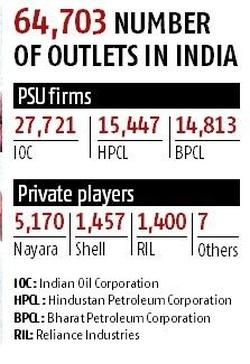
Gadkari has said that a revenue-sharing model for these outlets could be worked out under which the road ministry earns Rs 1.25 on the sale of every litre of petrol and diesel from those outlets and OMCs get 25 paise.
An oil industry source added that the National Highways Authority of India is giving large parcels of land to private concessionaires, where they will be developing hubs with food, entertainment, recreation and refuelling facilities along the highways.
It will be these concessionaires, who will have to approach the OMCs based on their requirements.
According to an OMC official, the plan worked out with the roads ministry is outside the mega retail outlet expansion plan lined up by the three OMCs.
The three companies are in the process of allotting at least 78,493 new fuel retail outlets this year.
The opening of new outlets is likely to bring in investment of around Rs 90,000 crore in the sector.
As of April, India has 64,703 fuel retail outlets. Of this 27,721 are under Indian Oil Corporation, 14,813 under Bharat Petroleum Corporation and 15,447 are under Hindustan Petroleum Corporation.
The remaining outlets are owned by private sector companies including Reliance Industries (1,400), Nayara Energy (5,170) and Shell (1457).
On a monthly basis, the average sales of the outlets in India are expected to be in the range of 170 kilolitre of fuel.
With the addition of around 79,500 outlets, including the 1,000 planned along the highways, this is likely to be down to around 80 kilolitre per month, according to industry estimates.
On the other hand, the government is of the opinion that once the new outlets are in place, it may increase the availability and consumption of fuel in rural areas.



